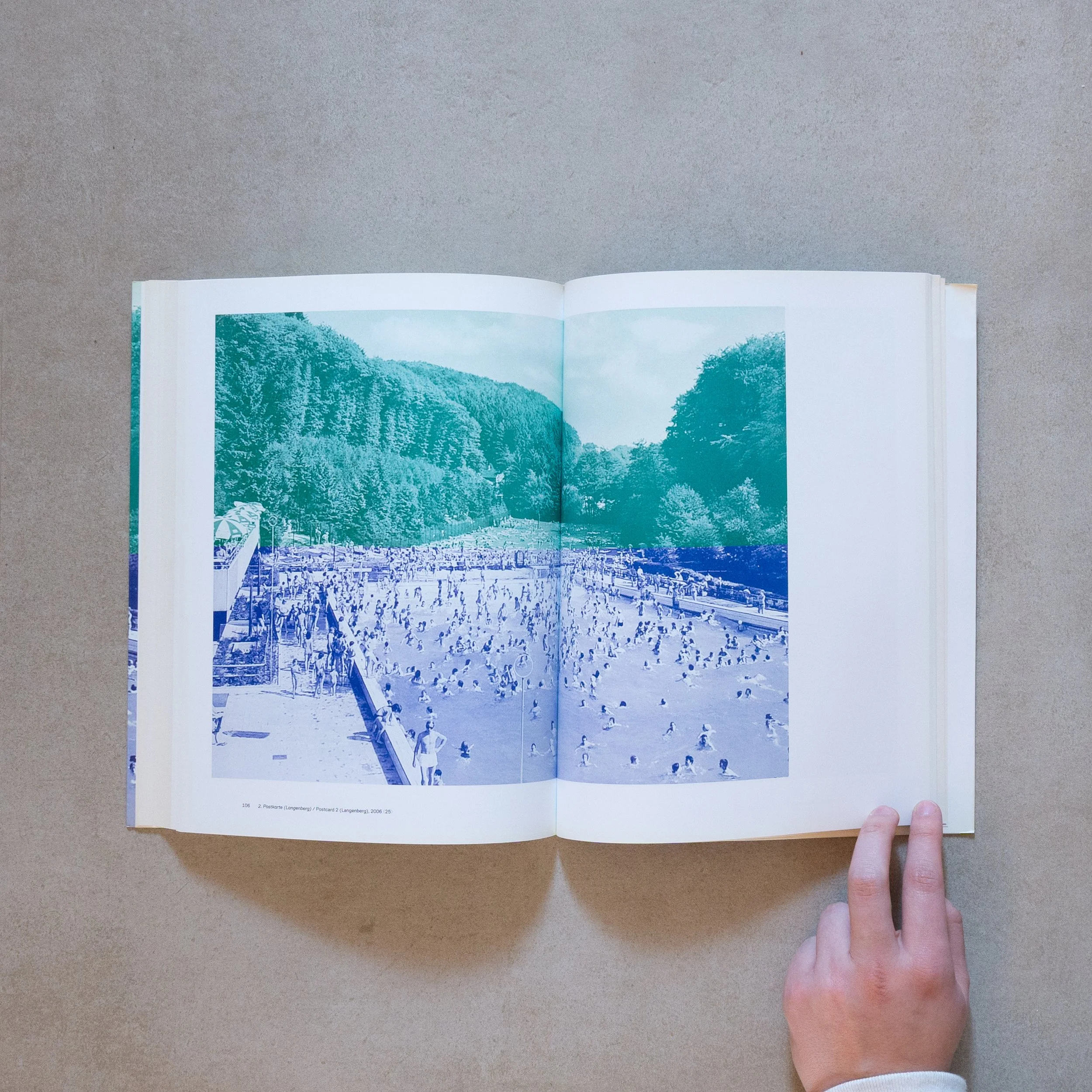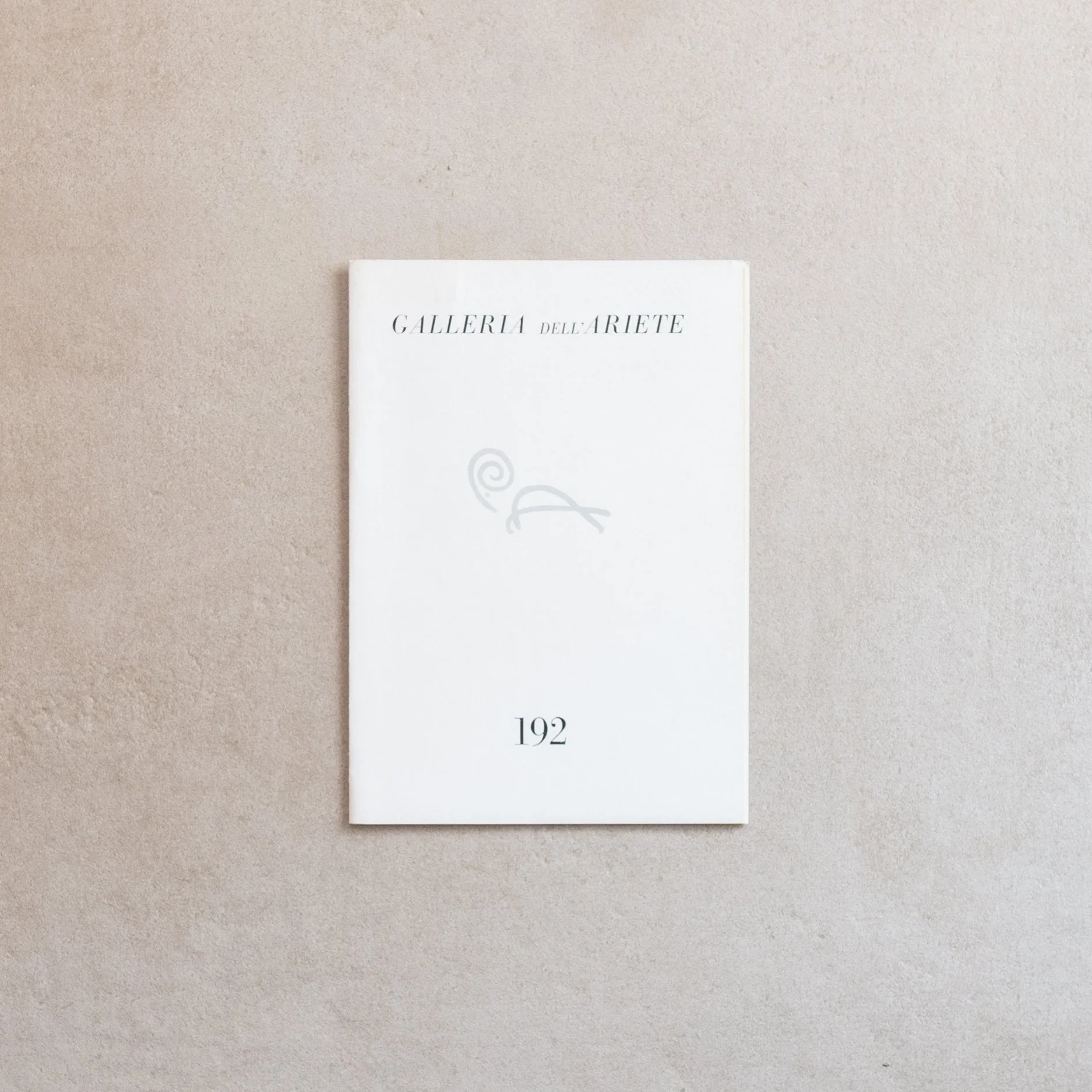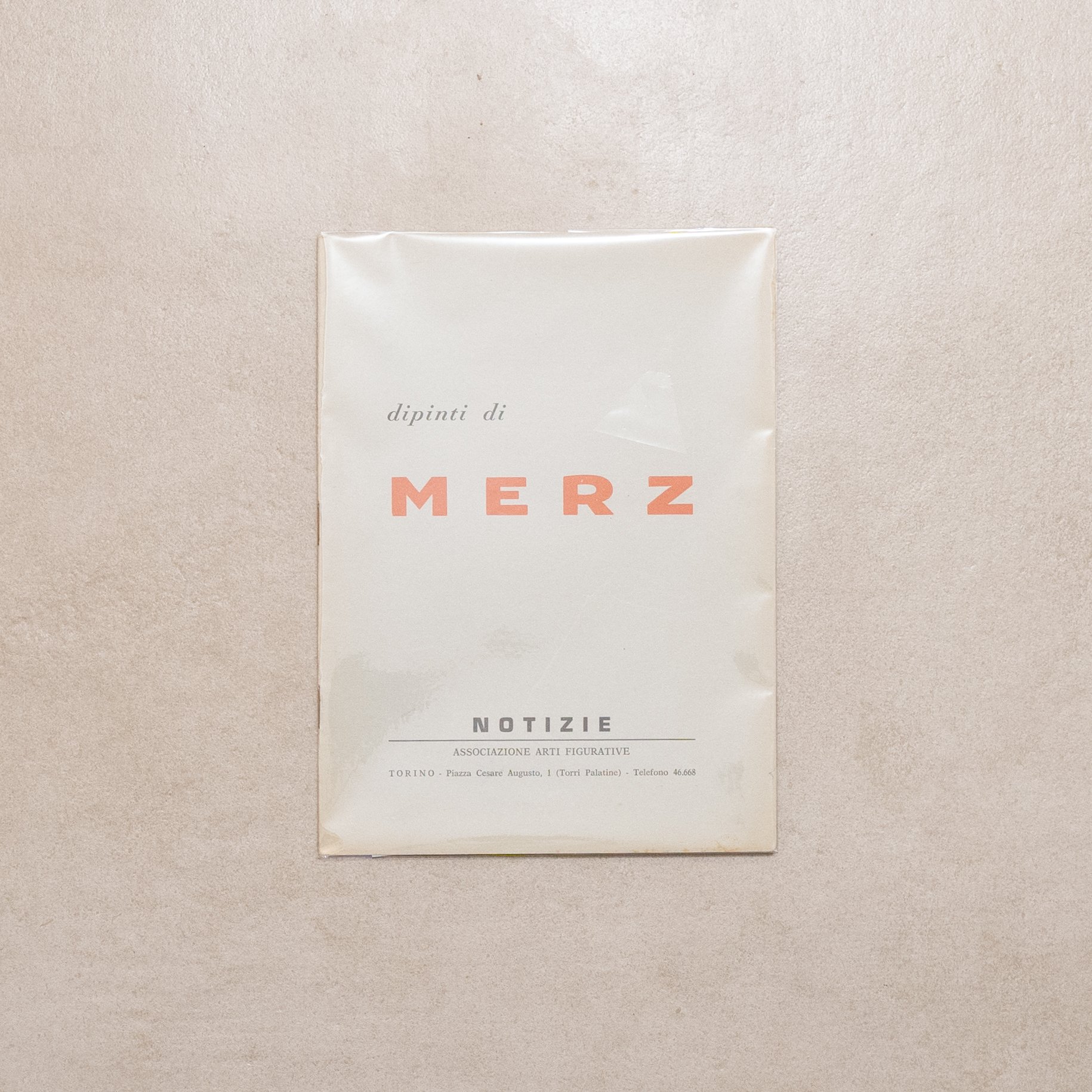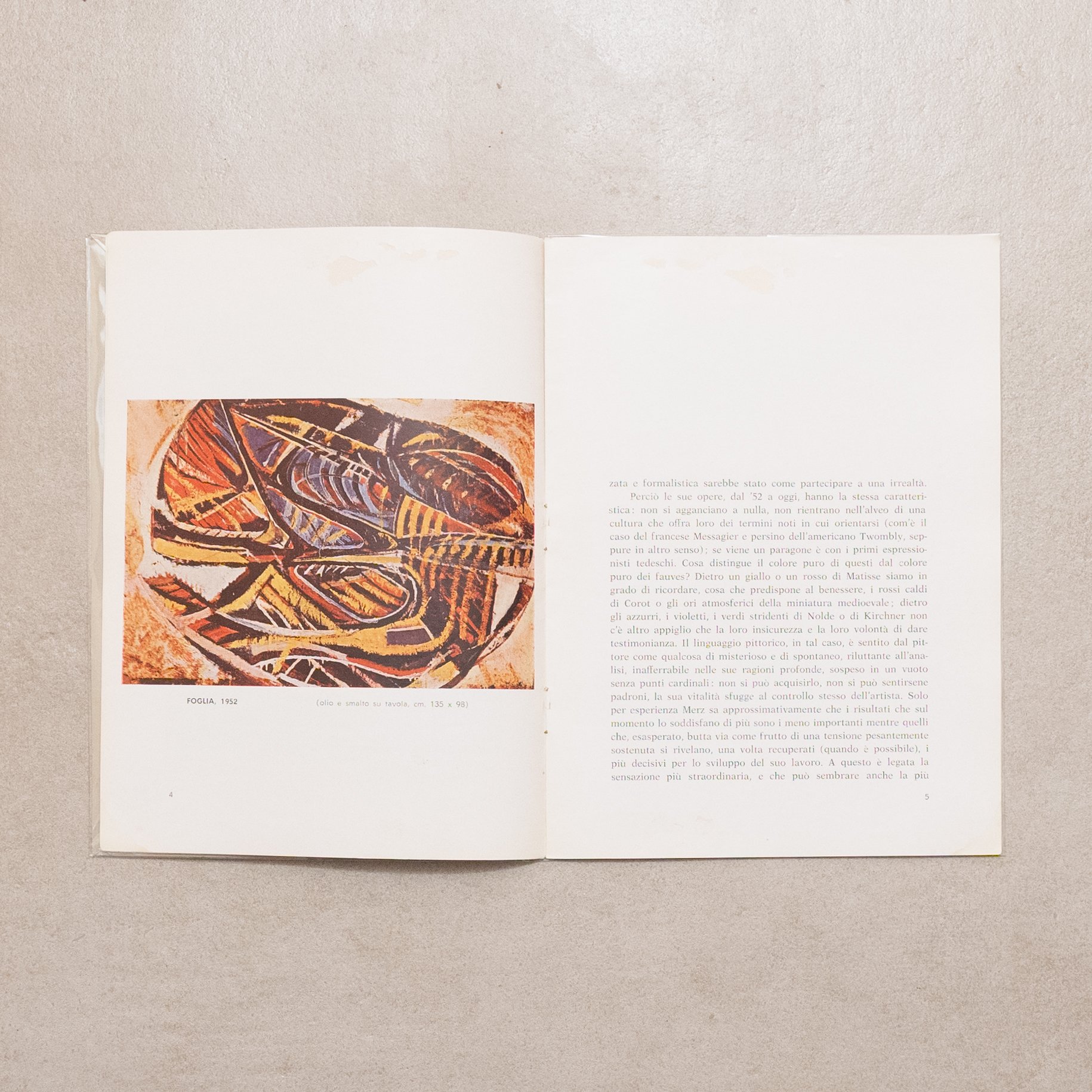Katarina Fritsch / Katharina Fritsch
FRITSCH Katharina (Essen, 1956), Zürich - Ostfildern, Kunsthaus Zürich - Hatje Cantz, 2009, 29x21,7 cm., softcover with dust jacket, pp. 148, illustrated cover and catalog, with colored and black and white images. Introduction by Christoph Becker, essays by Bice Curiger (Eerie-unblishing-non-judgmental), Robert Fleck (Sculpture on reality), Suzanne Hudson (Like perfume in the hallway: what Katharina Fritsch leaves behind) and Milovan Farronato (Of death and love: the story of mankind). Signed in black
FRITSCH Katharina (Essen, 1956), Zürich - Ostfildern, Kunsthaus Zürich - Hatje Cantz, 2009, 29x21,7 cm., softcover with dust jacket, pp. 148, illustrated cover and catalog, with colored and black and white images. Introduction by Christoph Becker, essays by Bice Curiger (Eerie-unblishing-non-judgmental), Robert Fleck (Sculpture on reality), Suzanne Hudson (Like perfume in the hallway: what Katharina Fritsch leaves behind) and Milovan Farronato (Of death and love: the story of mankind). Signed in black
FRITSCH Katharina (Essen, 1956), Zürich - Ostfildern, Kunsthaus Zürich - Hatje Cantz, 2009, 29x21,7 cm., softcover with dust jacket, pp. 148, illustrated cover and catalog, with colored and black and white images. Introduction by Christoph Becker, essays by Bice Curiger (Eerie-unblishing-non-judgmental), Robert Fleck (Sculpture on reality), Suzanne Hudson (Like perfume in the hallway: what Katharina Fritsch leaves behind) and Milovan Farronato (Of death and love: the story of mankind). Signed in black
“Fritsch plays on mankind's archaic notions, wishes, and fears. Works such as “Tischgesellschaft” (Company at Table, 1988) or “Mann und Maus” (Man and Mouse, 1991/92), and Museum (1995), are firmly anchored in the collective memory and are more in the way of three-dimensional pictures, energy-filled presences in space, than sculptures.” extract from the essay by Bice Curiger

























